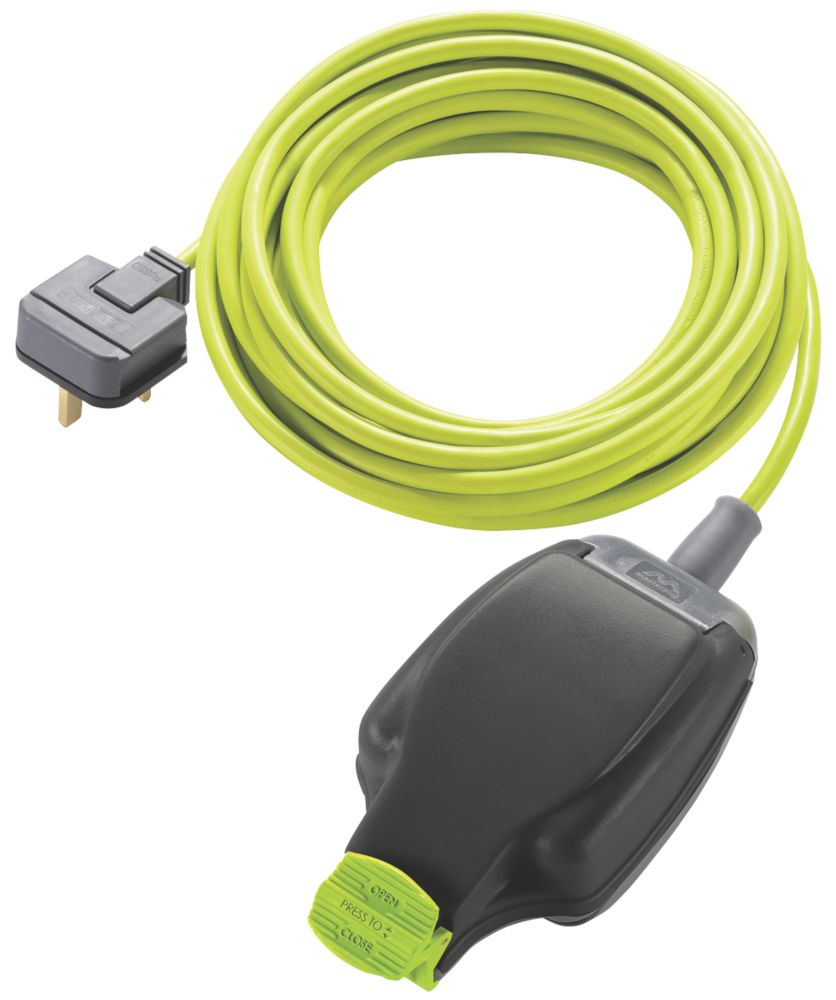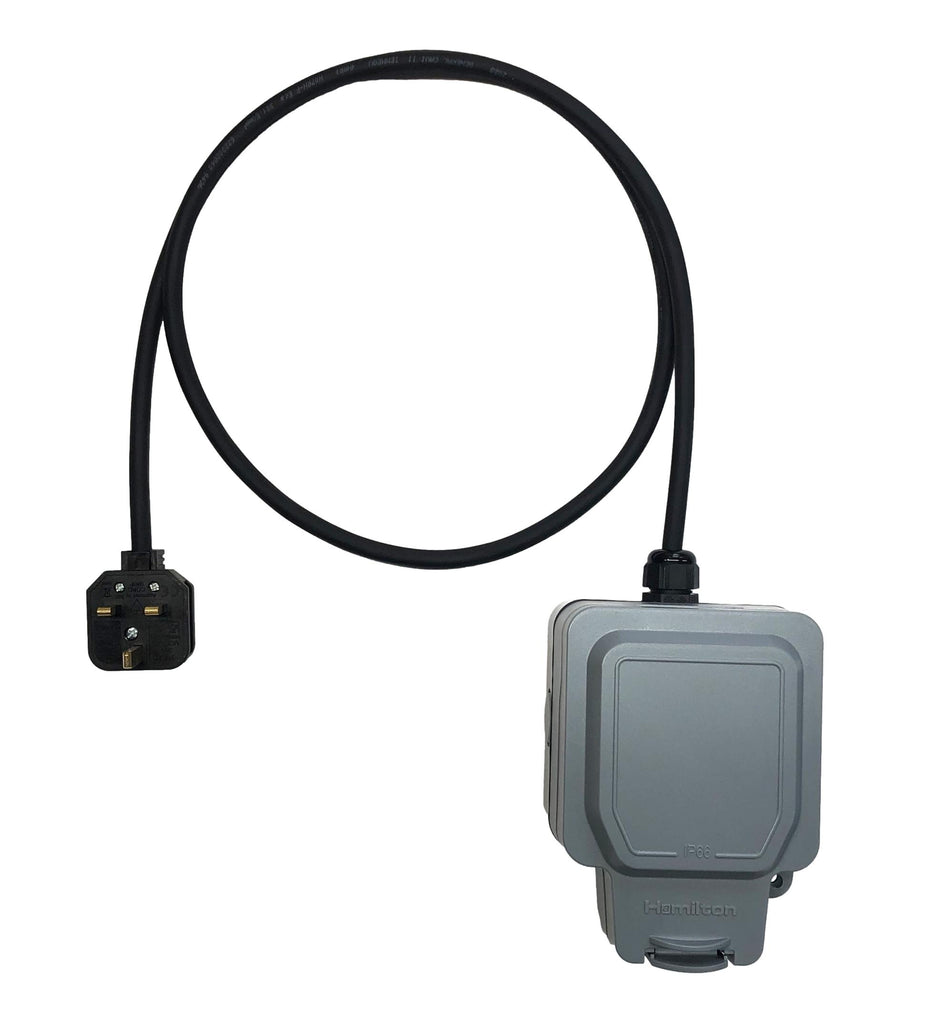Hi everyone. I’m new here, my model 3 was delivered last weekend and I’m loving it.
I haven’t seen this discussed on here yet. I’m trying out life with no home charger installed due to cost and only renting my house.
I’ve been using superchargers fine but tried out using the 3-pin option over night last night.
All went well, charging from 40miles to 180 in 12 hours.
However, there was an electrical burning type smell coming from the extension cable I used. I’m assuming using a basic home one wasn’t the best option. (Even though 13a fused)
Anyone know of a good/ official extension cable I can use? Does anyone else here use one?
Thanks
I haven’t seen this discussed on here yet. I’m trying out life with no home charger installed due to cost and only renting my house.
I’ve been using superchargers fine but tried out using the 3-pin option over night last night.
All went well, charging from 40miles to 180 in 12 hours.
However, there was an electrical burning type smell coming from the extension cable I used. I’m assuming using a basic home one wasn’t the best option. (Even though 13a fused)
Anyone know of a good/ official extension cable I can use? Does anyone else here use one?
Thanks




